
© Rirkrit Tiravanija, 2019 Courtesy: Glenstone Museum. Photo: Lance Brewer.
Glenstone Museum is a 300-acre verdant oasis of modern and contemporary art located in Potomac, Maryland, just 15 miles outside of D.C. Open to the public, it includes outdoor sculptures and installations and beautiful modernist architectural buildings including a Gallery and Pavilions designed to house the Glenstone Foundation’s expansive post-WWII art collection, as well as a welcome center, two cafes and a bookstore. Admission is free and tickets are available three months in advance. Any day at Glenstone is special, but for a lucky few fortunate enough to score tickets on a warm day this past fall it was particularly eventful as they were invited to take part in the big “Reveal” which marked the opening of Rirkrit Tiravanija’s “Fear Eats the Soul” exhibition. At noon, the grounds persons, under the watchful eye of the chef (following Tiravanija’s instructions) uncovered a box filled with deliciously cooked pork wrapped in banana leaves that had been baking underground, which was then served to all in attendance. But don’t worry, if you missed the opening, the exhibition continues through Spring 2020 and in typical Tiravanija fashion, soup continues to be served free in the Gallery each day throughout its run.
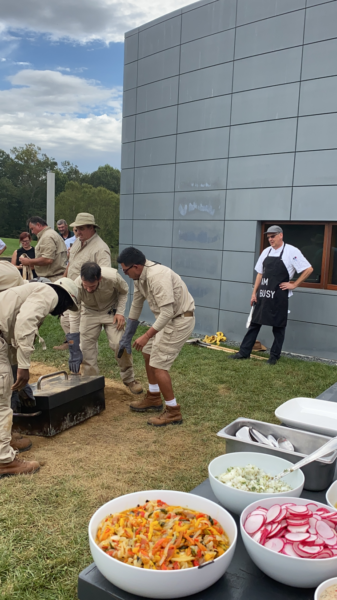
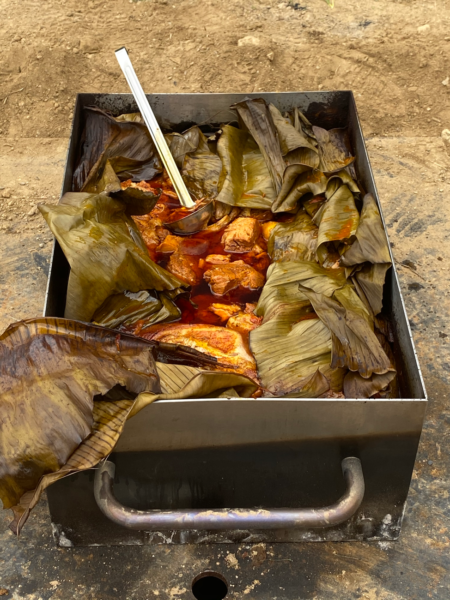
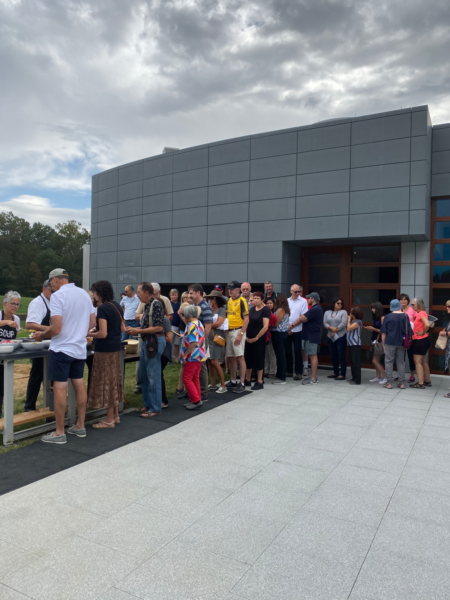

The exhibition title “Fear Eats the Soul” is taken from the 1970’s Fassbinder film of the same name in which a young immigrant Arab man has a relationship with a much older German women and depicts all the complications and challenges across age, sex, place, and culture, that come with that. At one point in the film Ali, the Arab man collapses with pains caused by ulcers the doctor explains are a result of the stress that many foreigners experience in a new country. Emmi, the German women, promises to try to ease that pain for him, and in a tender moment, she says to Ali, that despite everything, when together, they should be nice to one another. This film, and subsequent Tiravanija exhibition, are as meaningful now, maybe even more so, as when they were first originated.
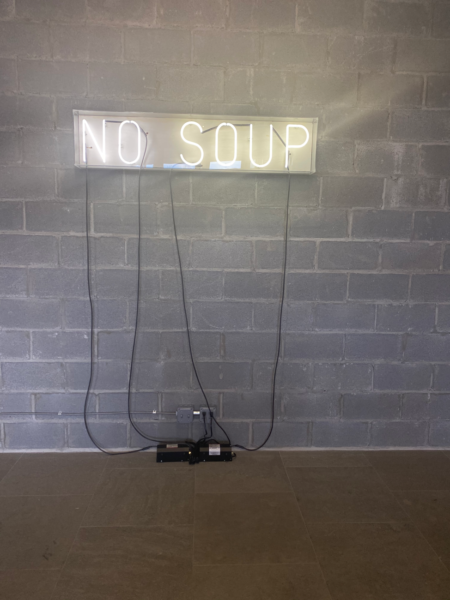
This is not the first manifestation of “Fear” that Tiranvanija has done. It is an idea he has been exploring for years in different spaces and places. Each time, for visitors sitting down for a shared meal – familiar or not with the artist and/or the concept of “relational aesthetics” – they are nevertheless participants. While waiting in line on opening day for example, people struck up conversations. In general, they were curious about the artist, about what was being served, and why. The line was long and slow and as they waited for their food they chatted about their day so far at Glenstone. Often the conversations turned personal – Where are you from? What do you do? How did you meet? they asked one another. And this, one can only imagine, was part of Tiravanija’s plan. We are all “from” somewhere, going somewhere, living somewhere – we work, we love, we partner – all seemingly simple questions yet, loaded with complexity, especially for this New York-based, Argentinian-born, Thai artist. In bringing strangers together over a shared meal, often in art spaces, the artist creates social opportunities in which people can just, as Emmi and Ali in the film promised, be nice to one another – a welcome break in this often contentious, sometimes unkind, and if you will, even “Fear-filled” world.
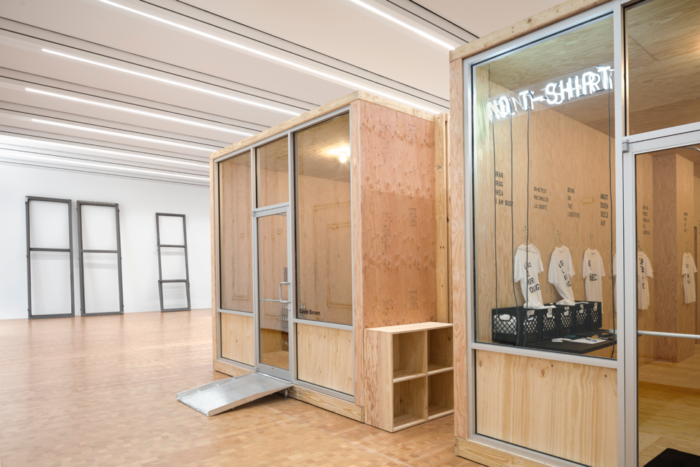
Courtesy: Glenstone Museum. Photo: Lance Brewer)
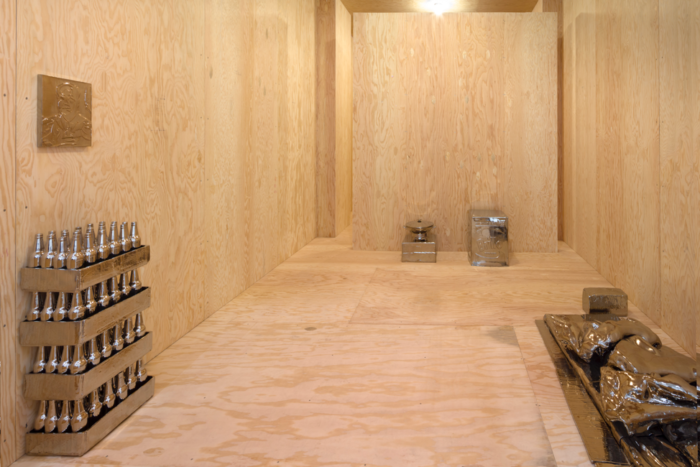
© Rirkrit Tiravanija, 2019. Courtesy: Glenstone Museum. Photo: Lance Brewer).
The opening meal, and soup kitchen are only part of a larger exhibition. The Glenstone Gallery space itself is large and flexible. For this exhibit, gone are the windows, walls, doors and anything that divides and in the center, two smaller rooms were constructed. One houses a printmaking shop in which visitors can take home, for an optional donation to a local charity – the “City Kids Wilderness Project,” t-shirts screen printed with the title “Fear Eats the Soul,” or the German “Angst essen Seele auf” and other cool phrases Tiravanija has coined or appropriated over the years. The other room houses an exact replica of an exhibition the artist did originally in 1994 at Gavin Brown Enterprises which includes metallic ceramic objects such as: a large bed, bottles, a wok, and Brillo box. On the huge surrounding walls, Tiravanija laid the foundation for a more complex and ongoing collaborative venture, painting in enormous letters FEAR EATS. Recently, returning to the space, invited local artists have filled the walls with their own words and works, layering like a palimpsest images and texts over time.
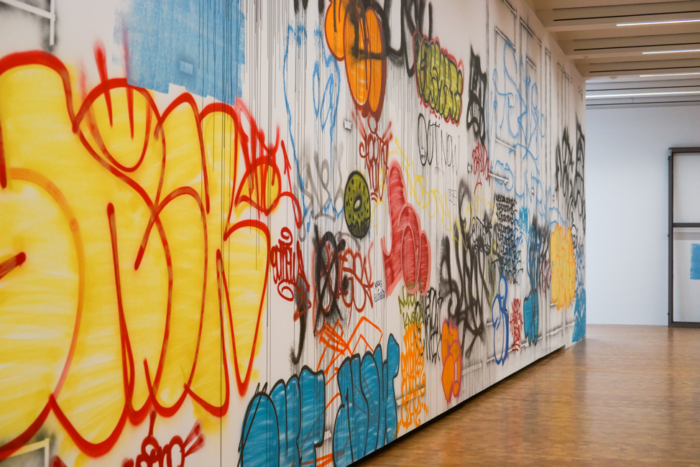
For this “Fear Eats” exhibition in the Gallery, Tiravanija also chose to incorporate the work of the late American artist Gordon Matta-Clark (1943-1978), selected from Glenstone’s remarkable collection – much of the rest of which is shown in the Pavilions.
The Pavilions are a separate building consisting of thirteen connected areas which surround an 18,000 square foot serene water court. Each room in the Pavillions is thoughtfully curated and includes the works of: Robert Gober, On Kawara, Kerry James Marshall, Charles Ray and Cy Twombly for example. Not to be missed is a special viewing of Shirin Neshat’s “Turbulent” which is currently on display. Located outdoors throughout the grounds are sculptures and installations by Charles Ray, Jeff Koons, Andy Goldsworthy, and Janet Cardiff & George Bures Miller to name a few.
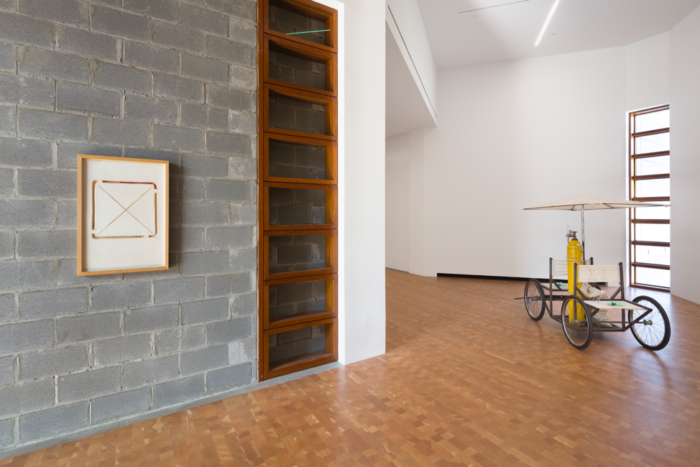
Glenstone is open Thursdays through Sundays, 10 a.m. to 5 p.m. Visitors are also invited to explore the grounds or participate in self-guided sculpture tours from 12 to 4 pm, when guides are present. Admission to Glenstone is free and visits can be scheduled online at: www.glenstone.org. Same-day visits can be scheduled online. Admission is guaranteed to visitors who arrive on the Ride On 301 bus. (see website: https://www.glenstone.org/)
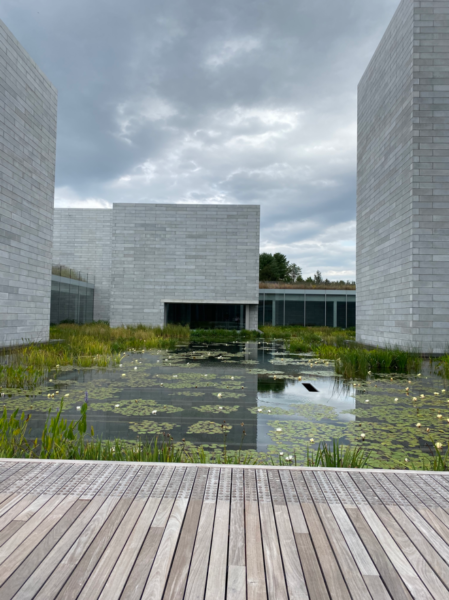
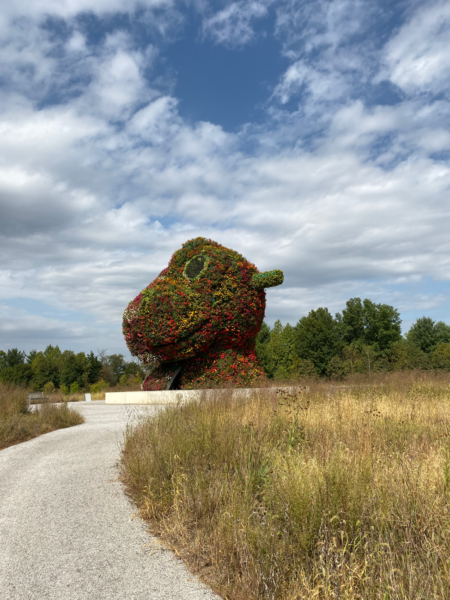
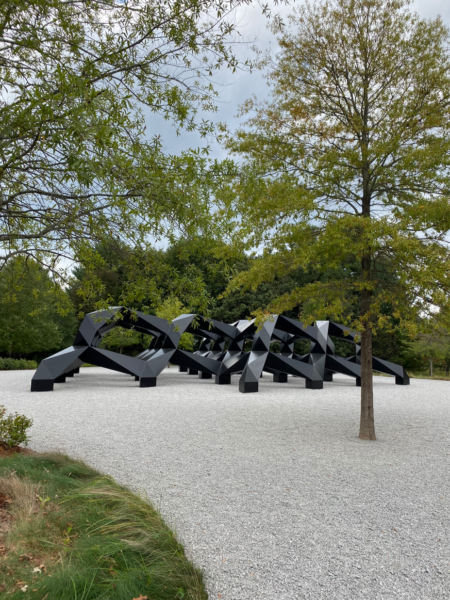
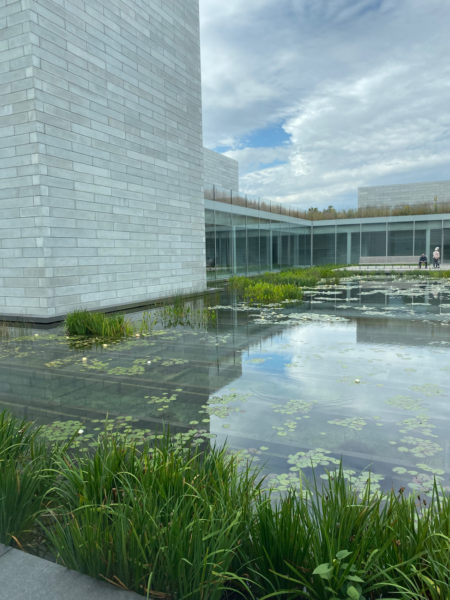
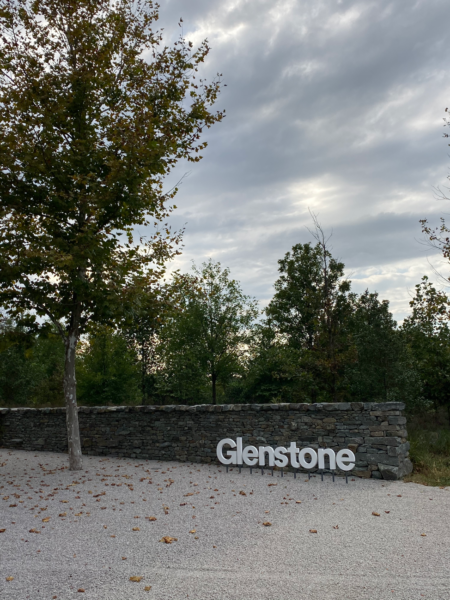

After living in the area for years, I’ve only just discovered this wonderful place. Thanks to Kristine Roome and Artefuse.com for this article about the Rirkrit Tiravanija exhibit. There is so much to see at the gallery and park. Maybe we can hear more from you about other Glenstone exhibits? …. btw, the soup was great !!